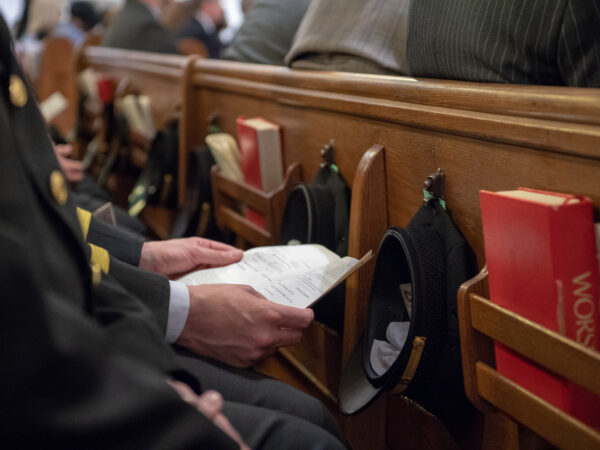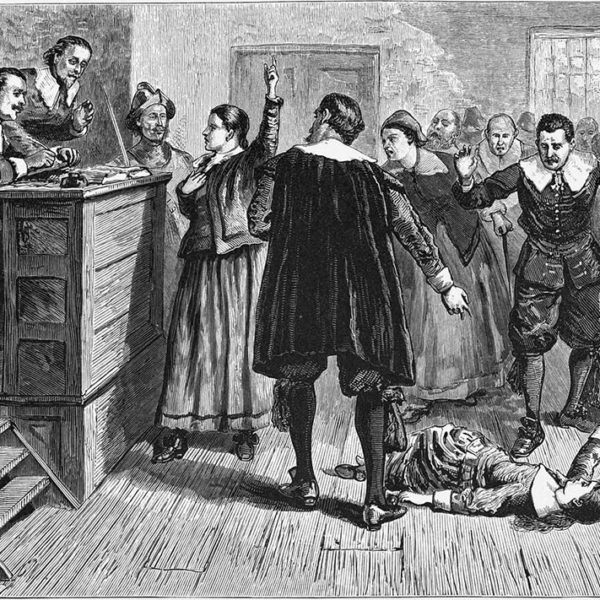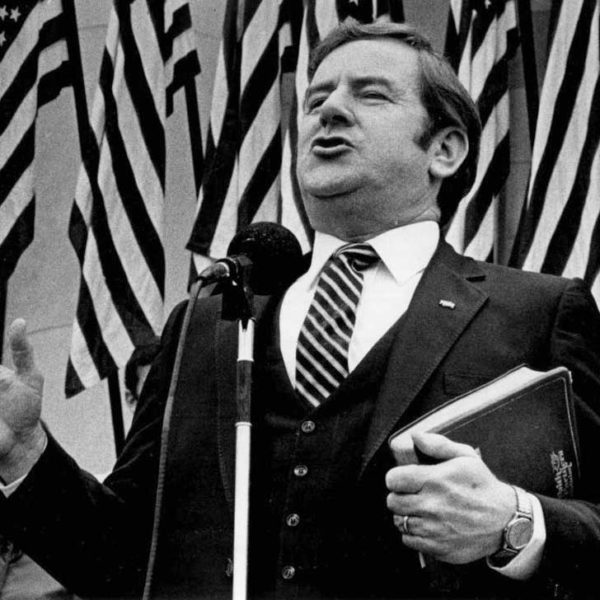
But how could Trump seduce a great majority of the Jesus-believing, Bible-thumping, church-attending evangelical conservative community when his values are so contrary to those of Jesus, the Bible and what the church should stand for?

To swipe Oscar Hammerstein’s famous lyric, histories of twentieth-century American religious history – whether academically or popularly-oriented – can’t figure out how to solve a problem like Rousas John Rushdoony, the progenitor and elder statesmen of Christian Reconstructionism.

For the past twenty years the Christian right have been labeled the ‘backbone’ and ‘base’ behind the Republican Party’s electoral successes, a view that deepened with Bush’s consecutive victories in 2000 and 2004. Until recently the alignment between evangelical Christians on the Christian right and the Republican party had gone unquestioned.

We would like to begin with agreement on something fundamental. The team of Mathewes and McRorie are surely correct about the persistence of nudging in our lives. We are nudged by the cereal company that pays to have its product on the top shelf. The little tables at the end of aisles in Barnes and Noble are miniature subdivisions with real estate sold to publishers. Those tiny neighborhoods of books are nudges.

On November 30, 2013, Ross Douthat offered a thoughtful reflection in the New York Times entitled “The Pope and the Right” in which he considered how politically and economically conservative U.S. Catholics might respond to the economic vision articulated by Pope Francis in his apostolic exhortation Evangelii Gaudium. Although a critique of this particular article might prima facie seem limited in scope, such an analysis in fact highlights the concepts of fundamental values, root paradigms and “global pre-scientific convictions” in a way that can contribute to broader questions and assessments of Catholic responses to Evangelii Gaudium in particular and Pope Francis in general.




